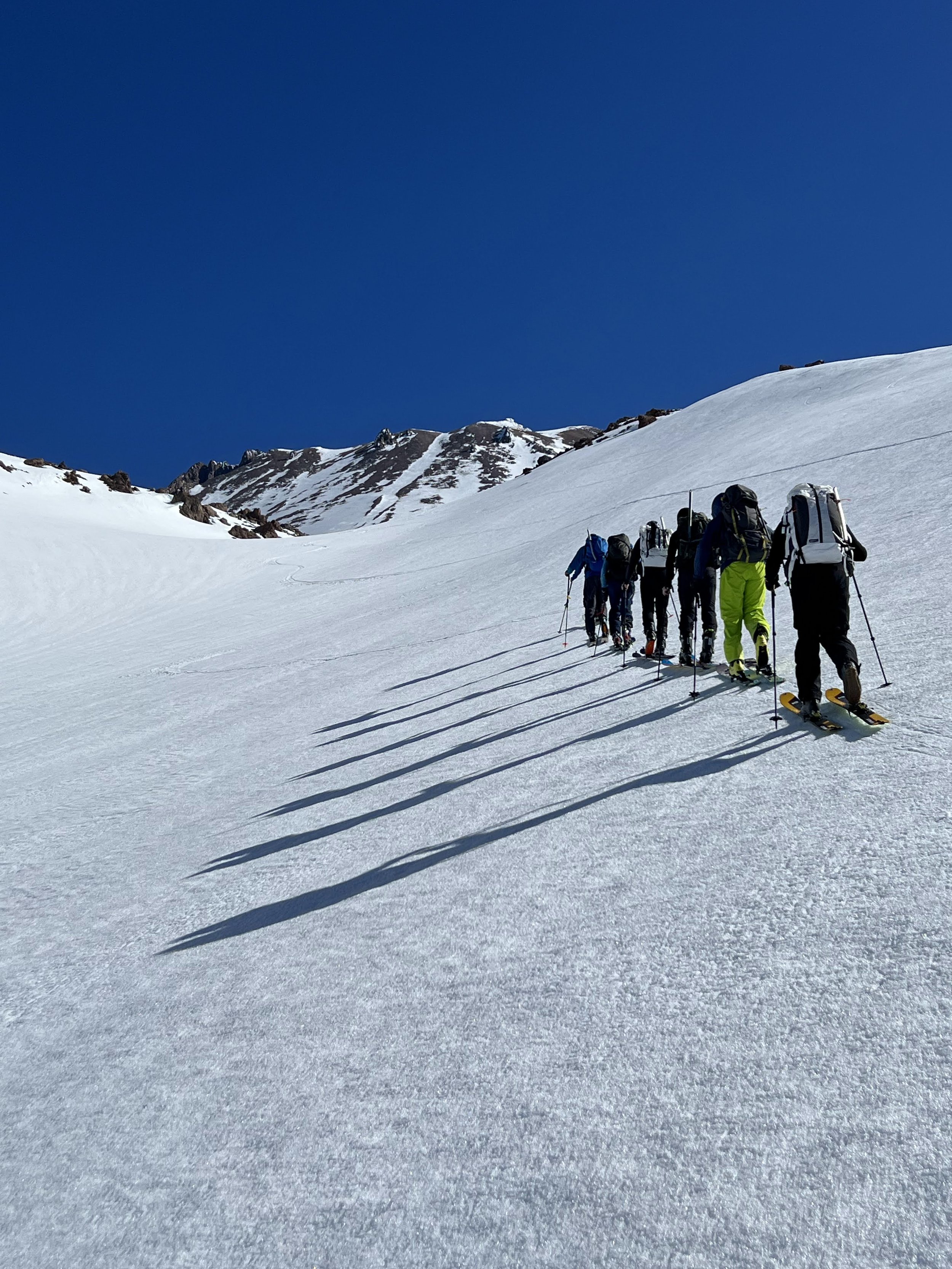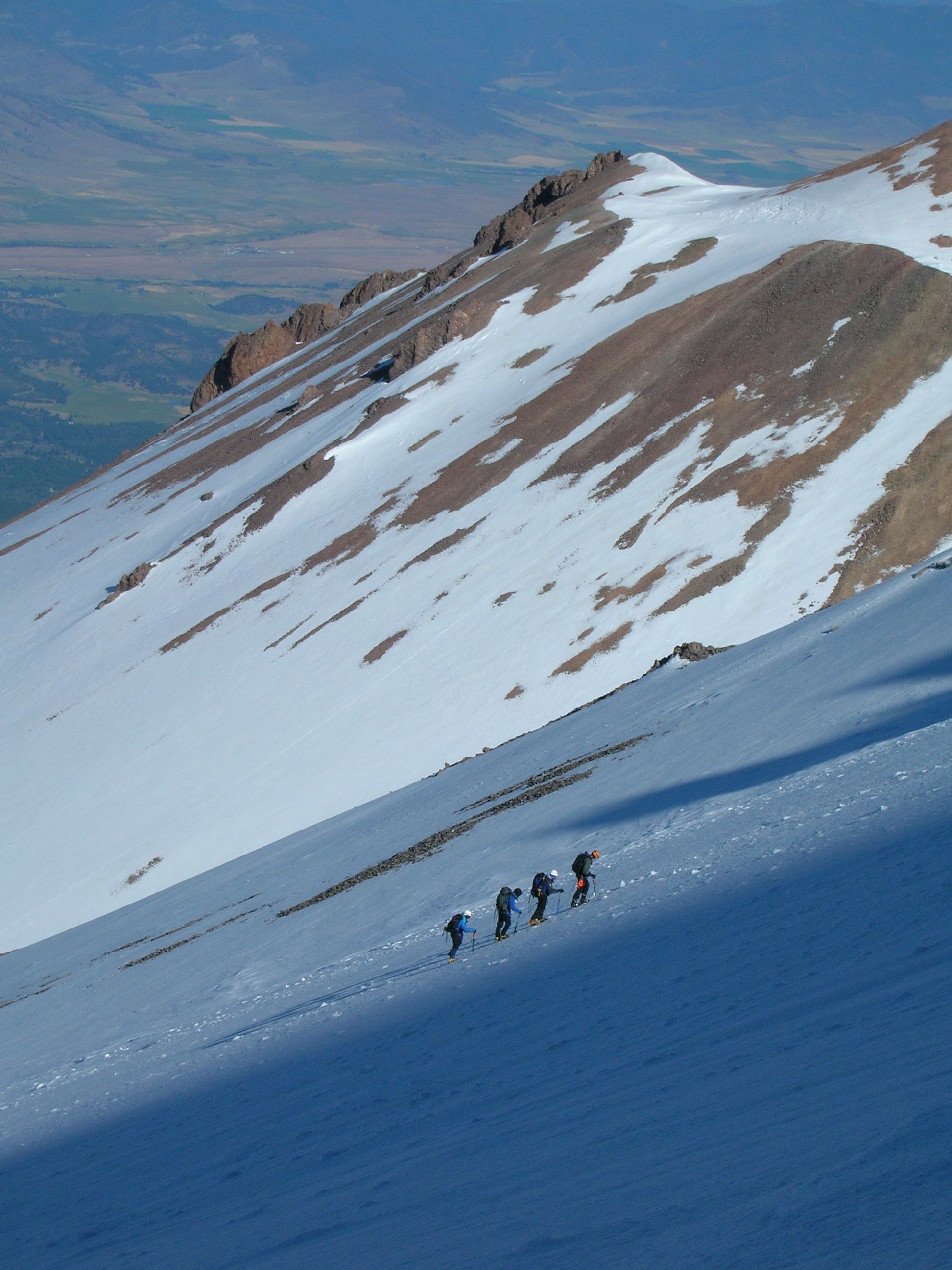Climbing Mt. Shasta, which route?
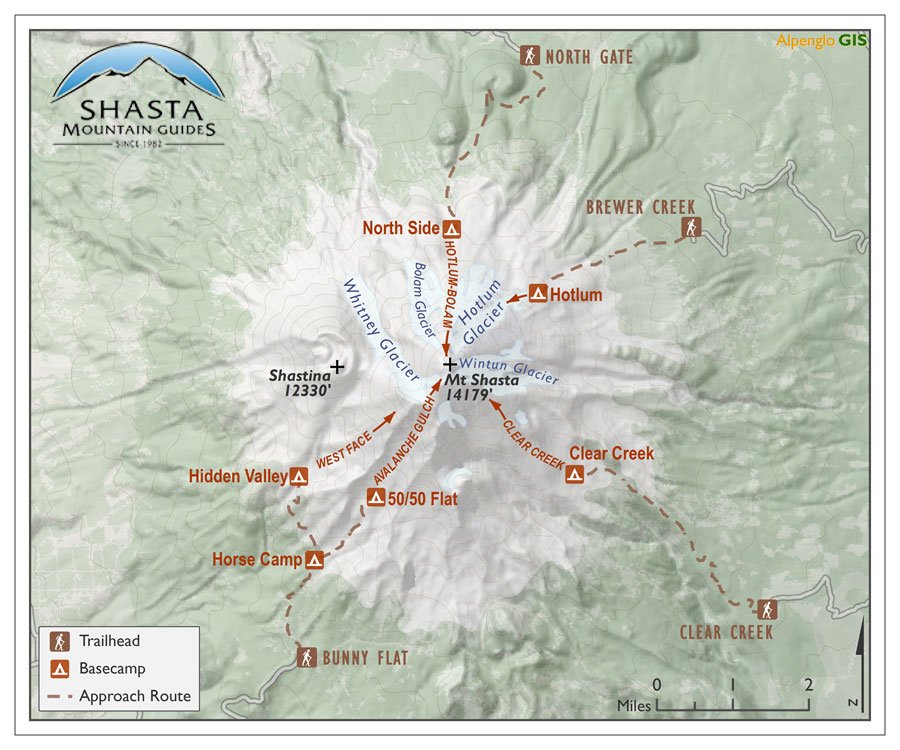

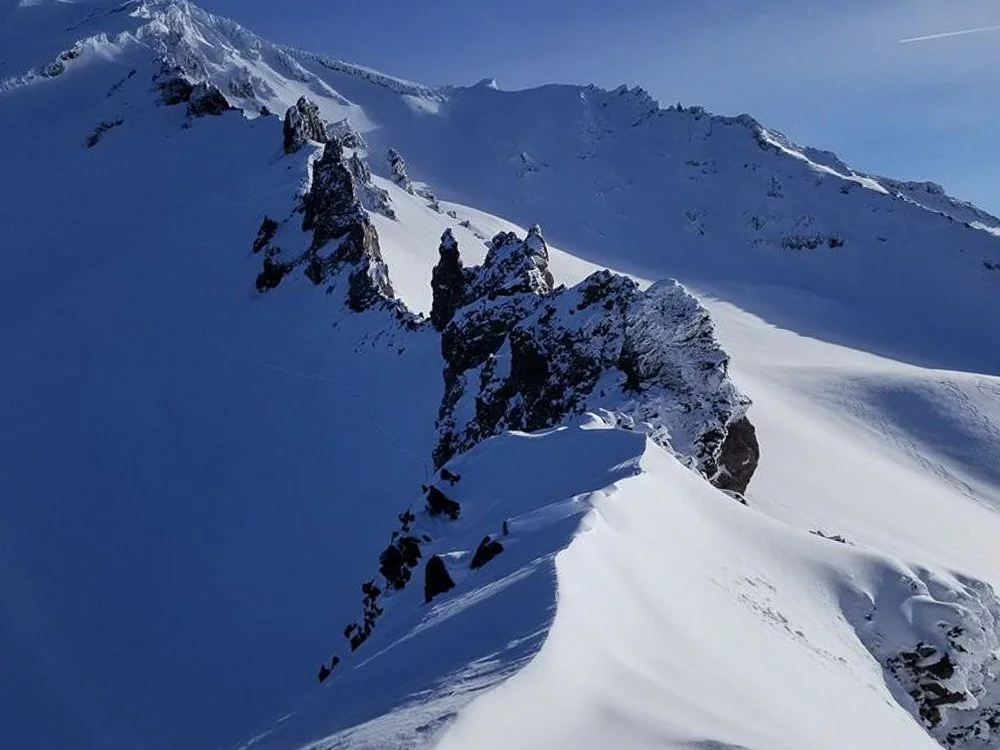

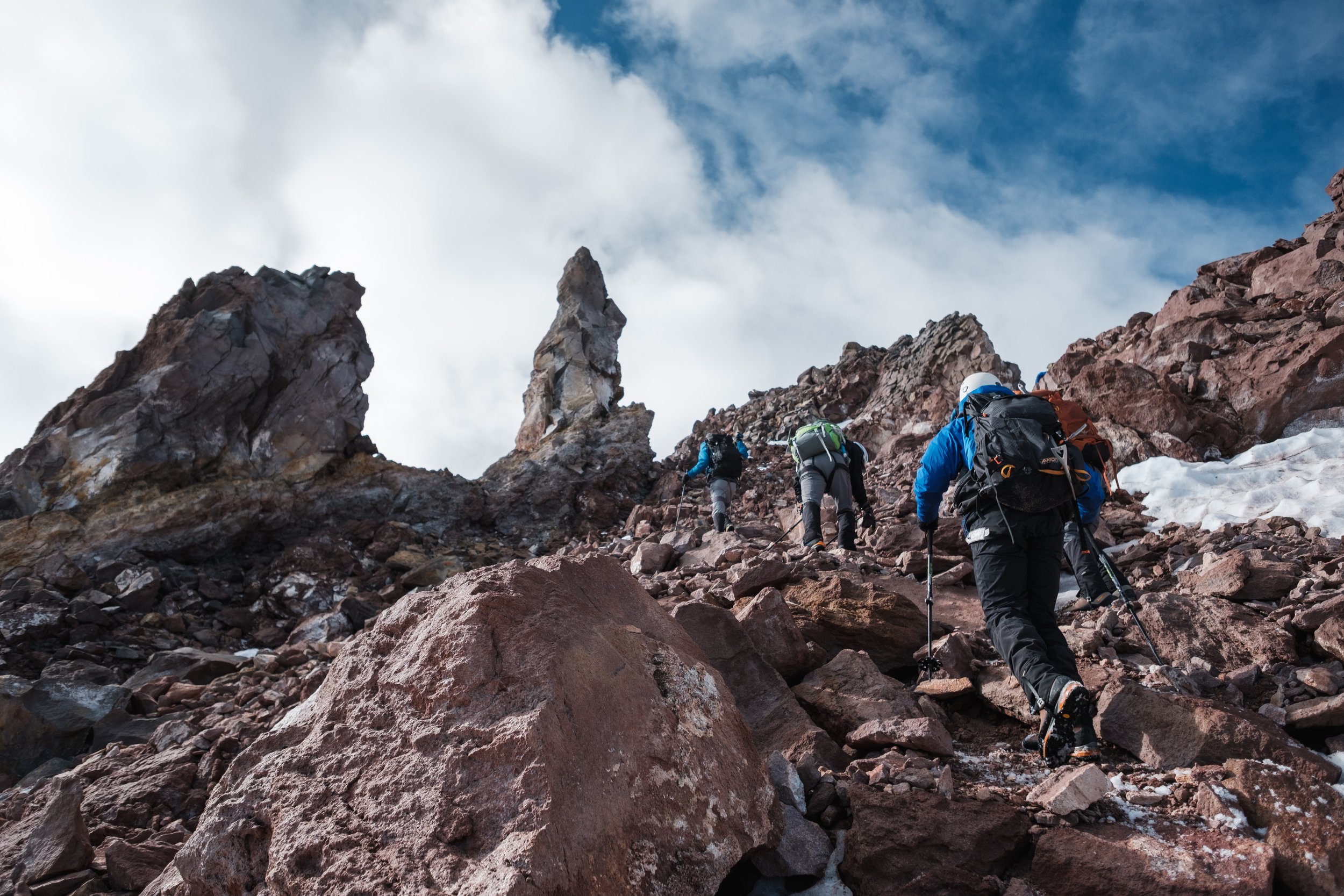
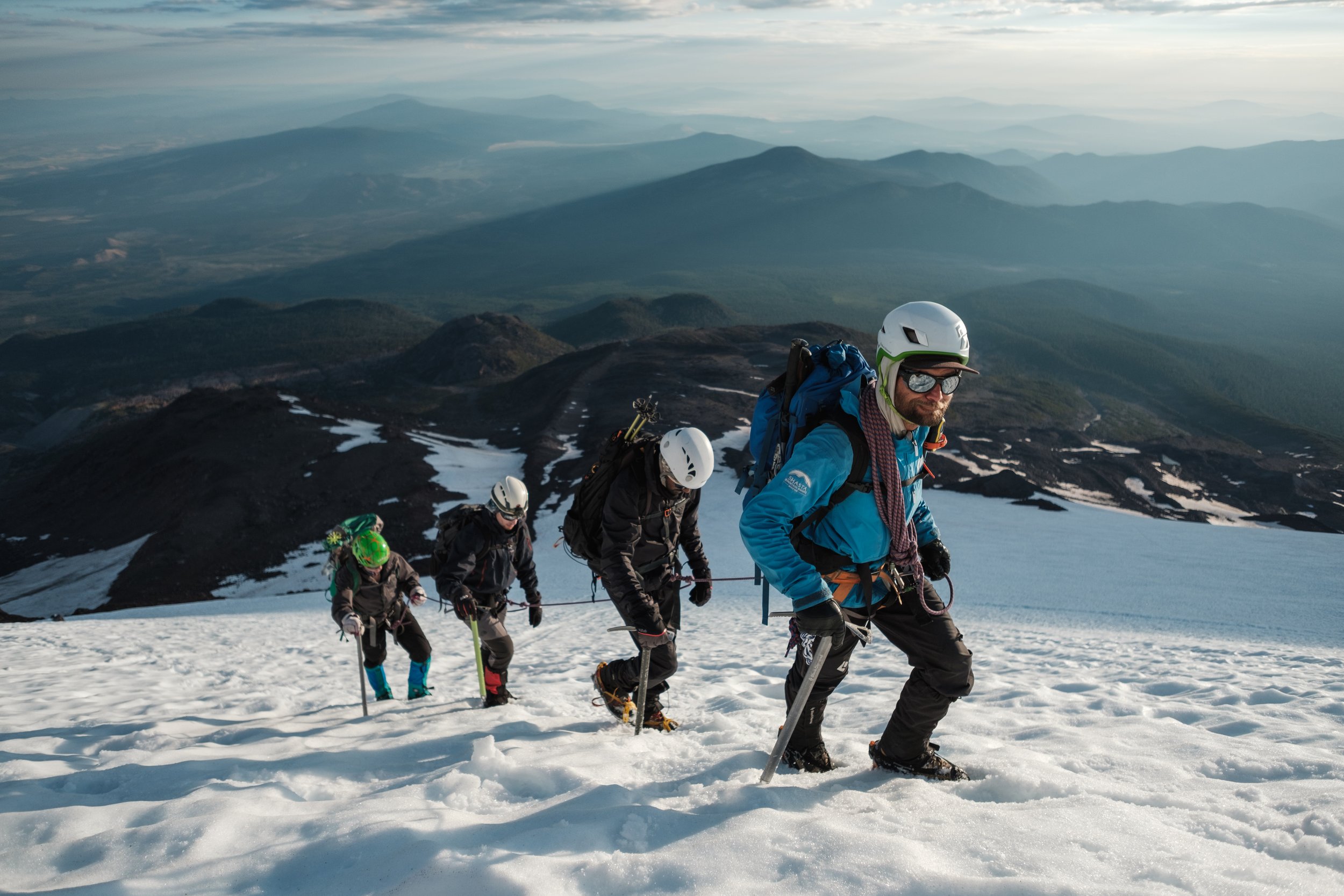

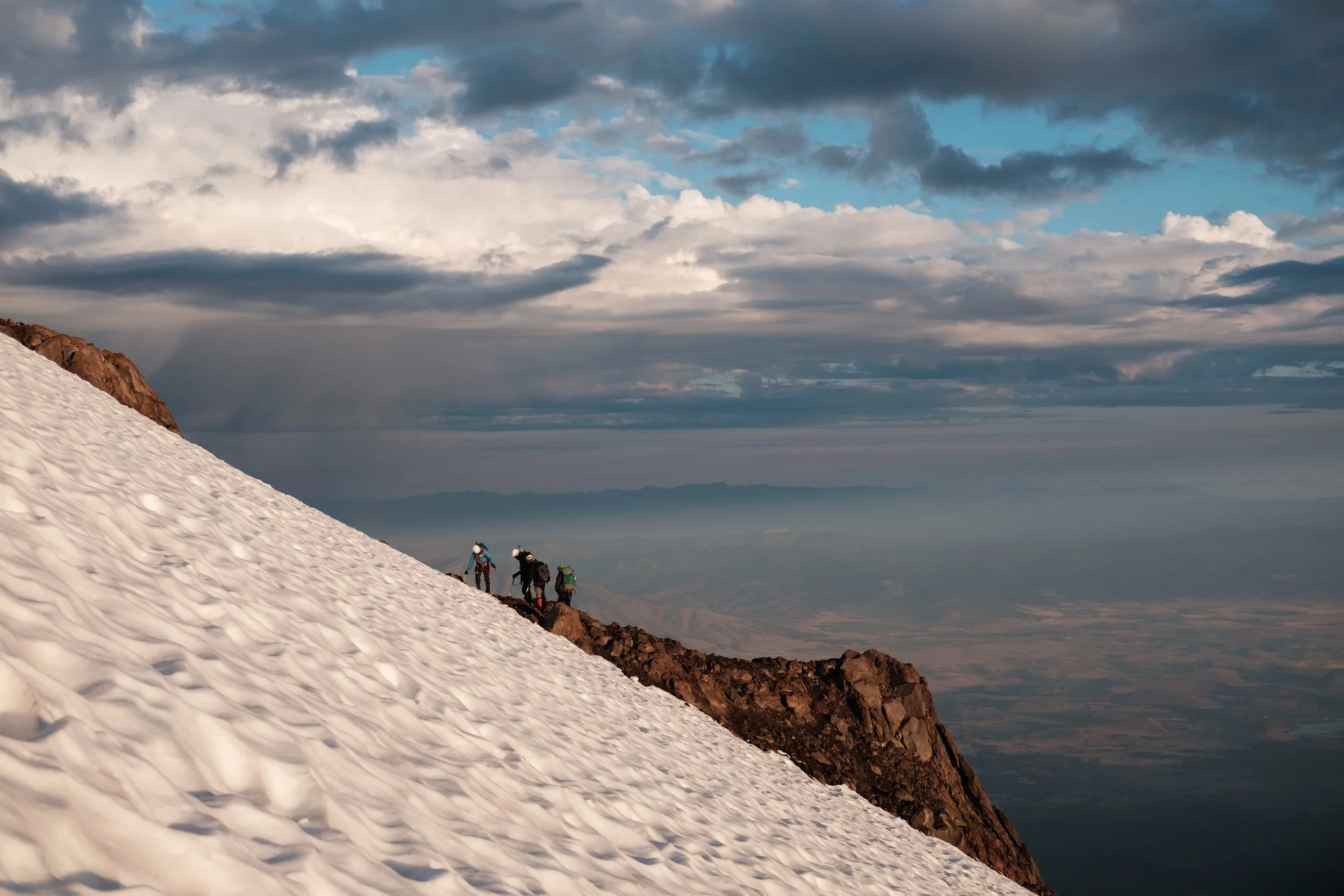

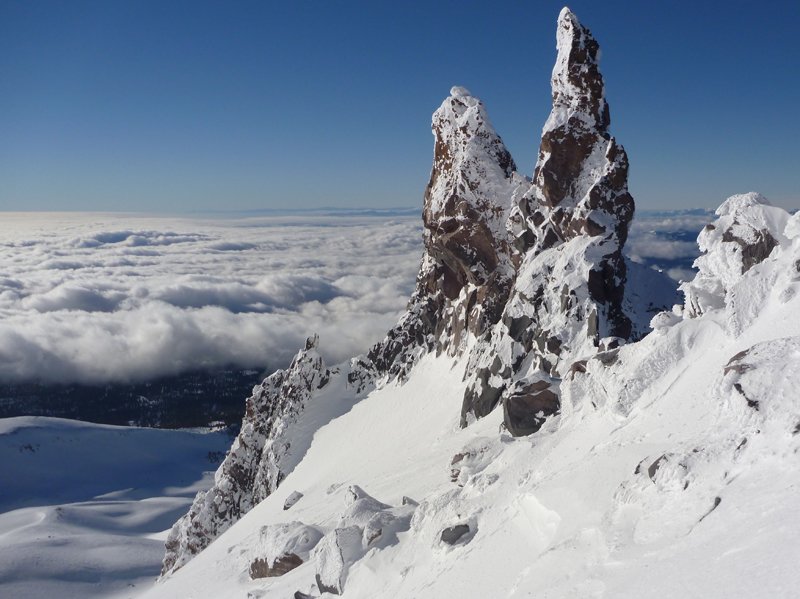
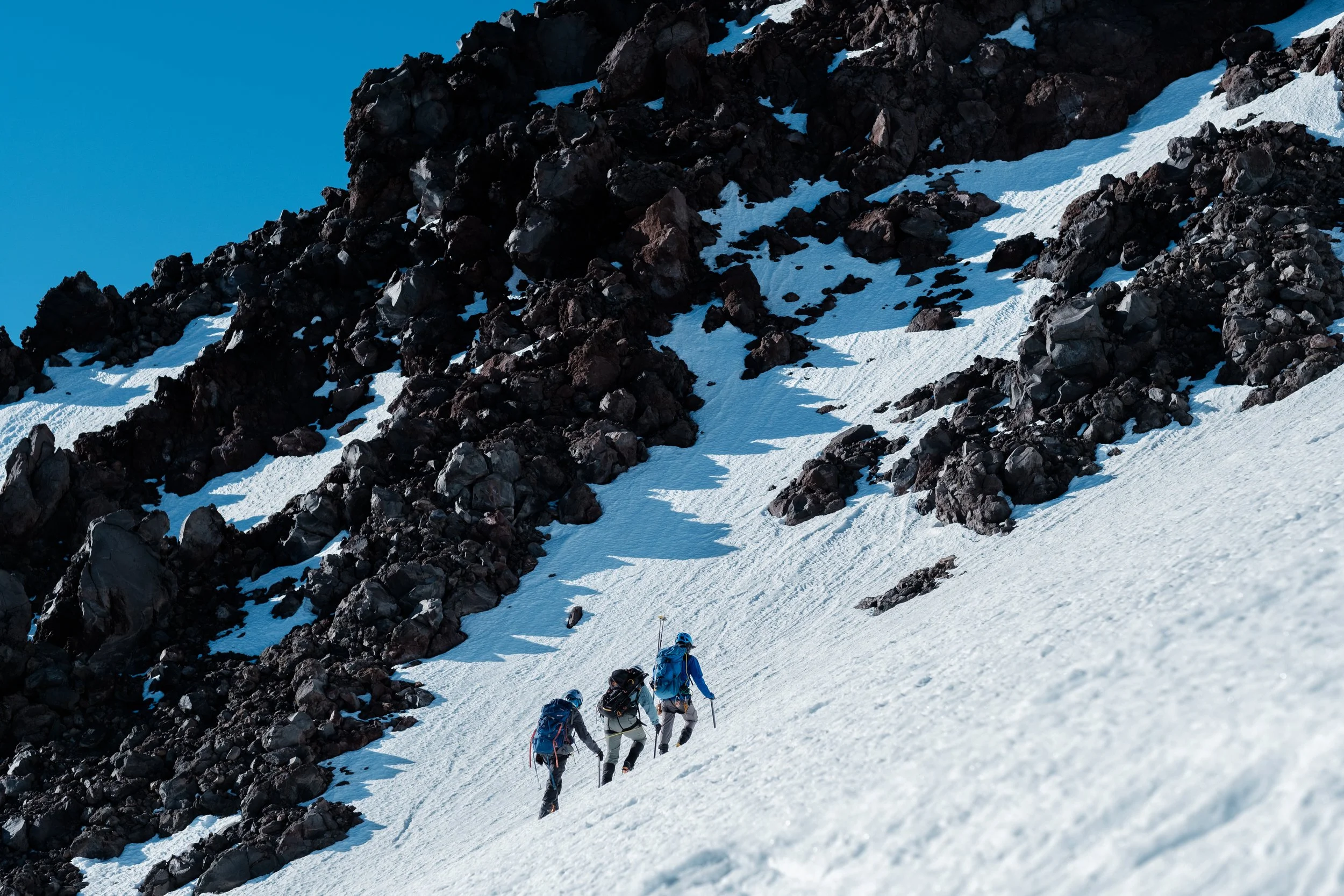
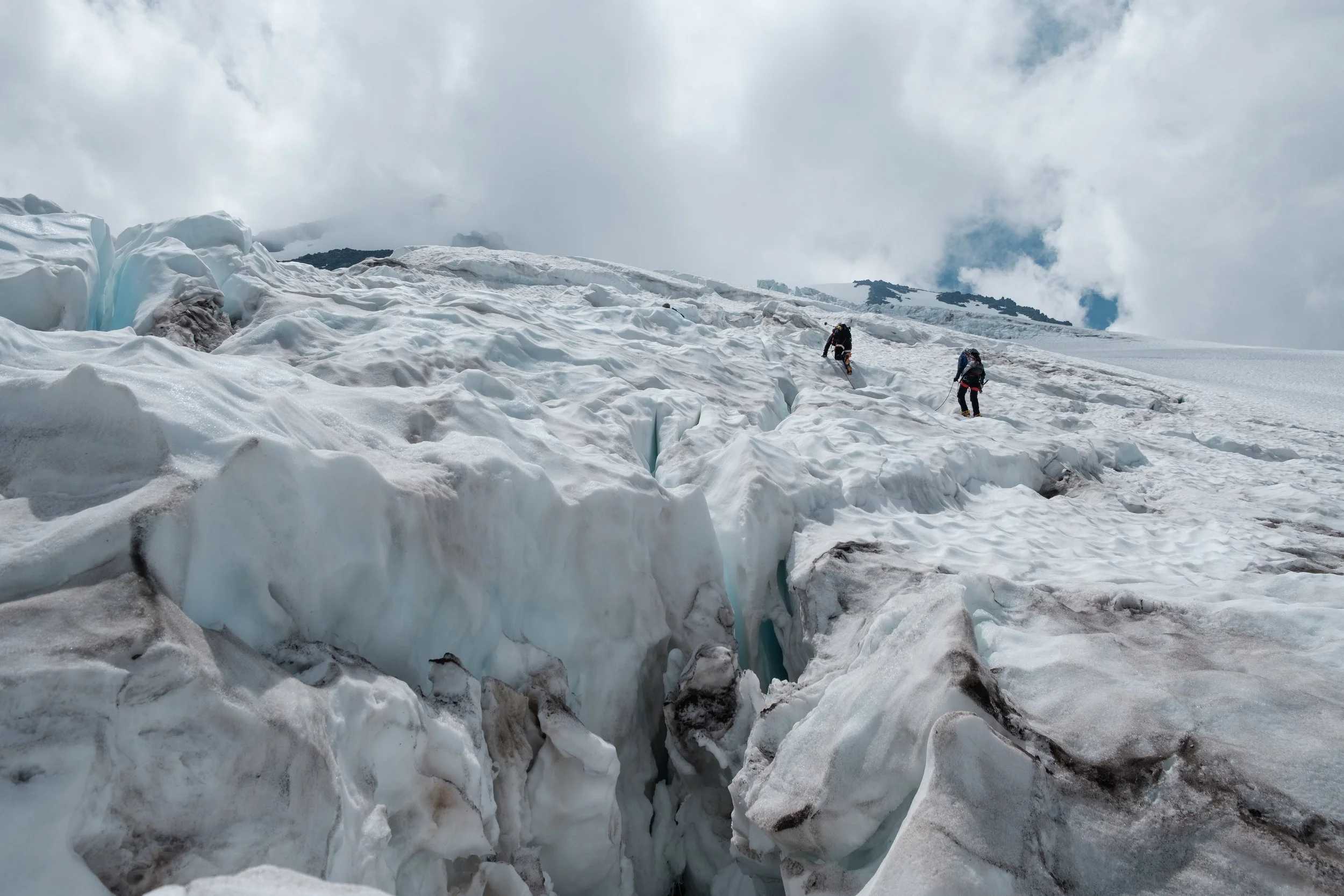
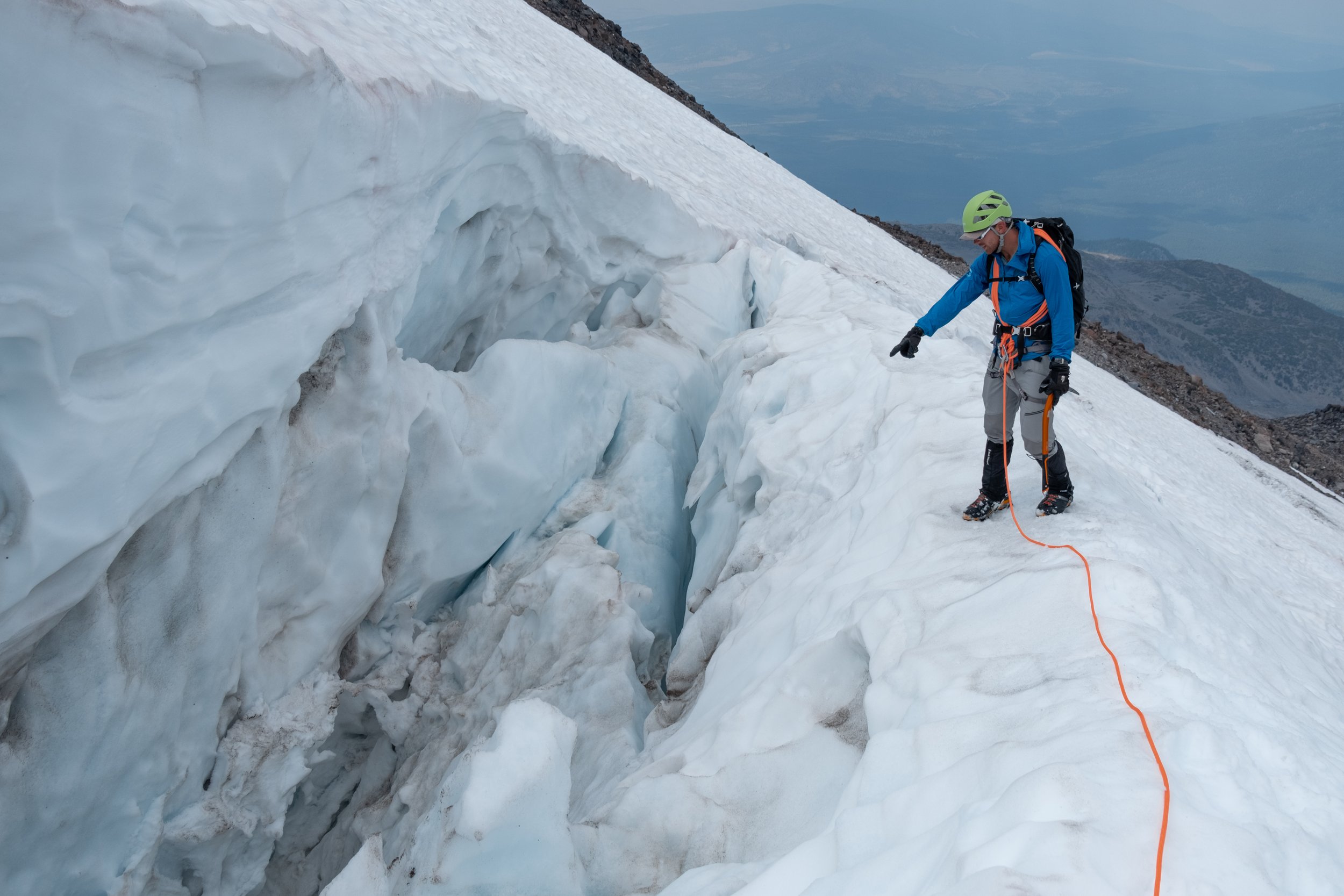
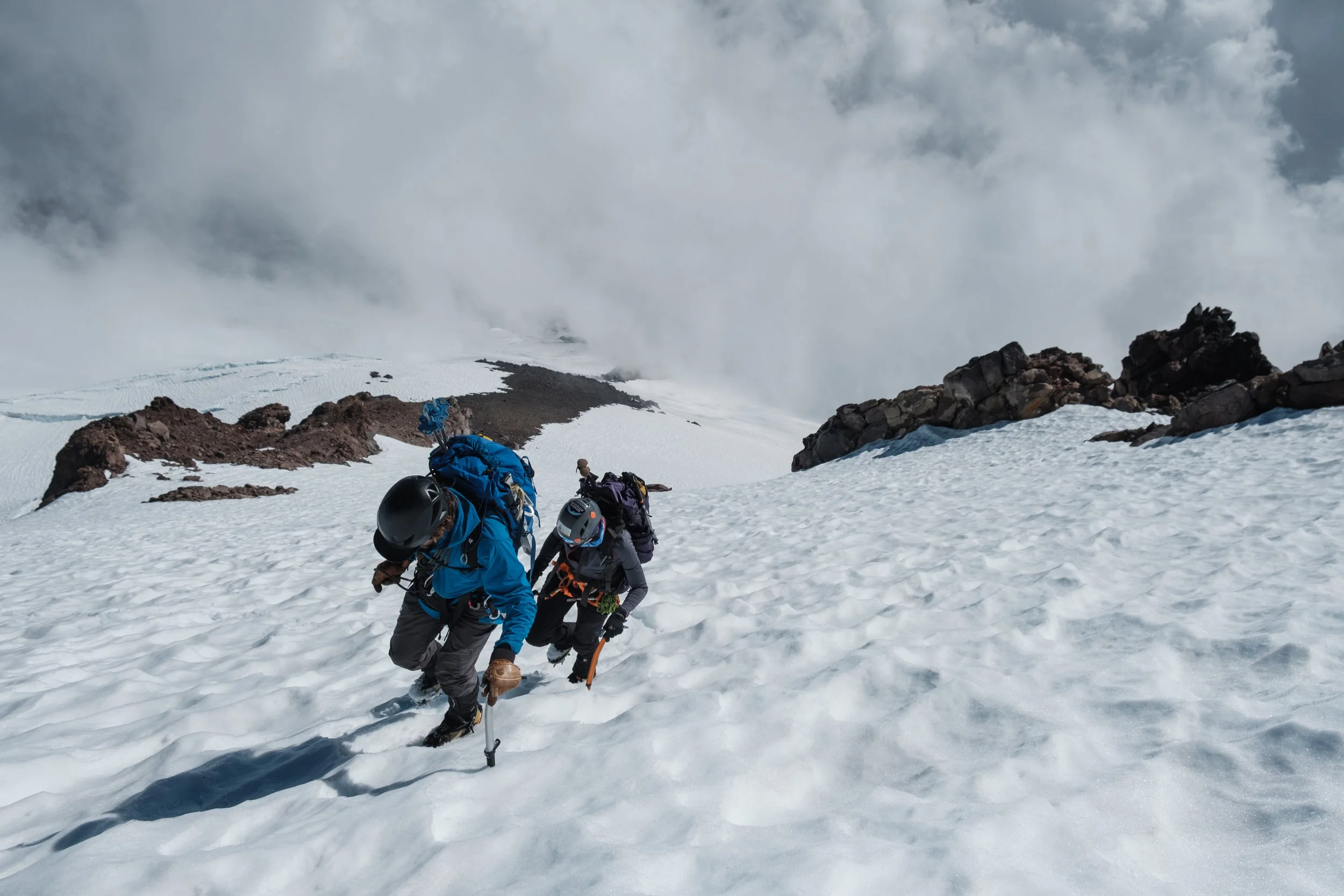
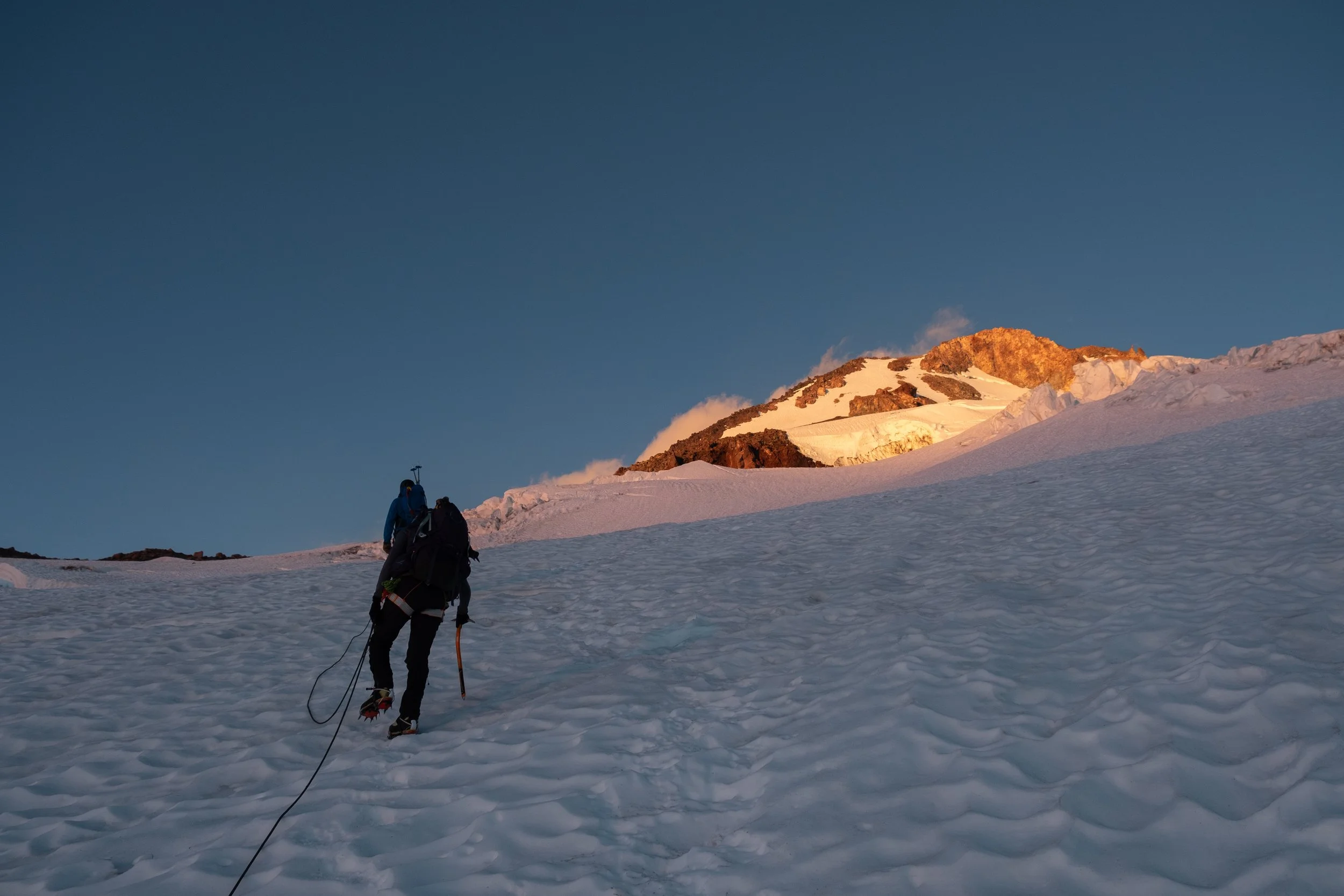
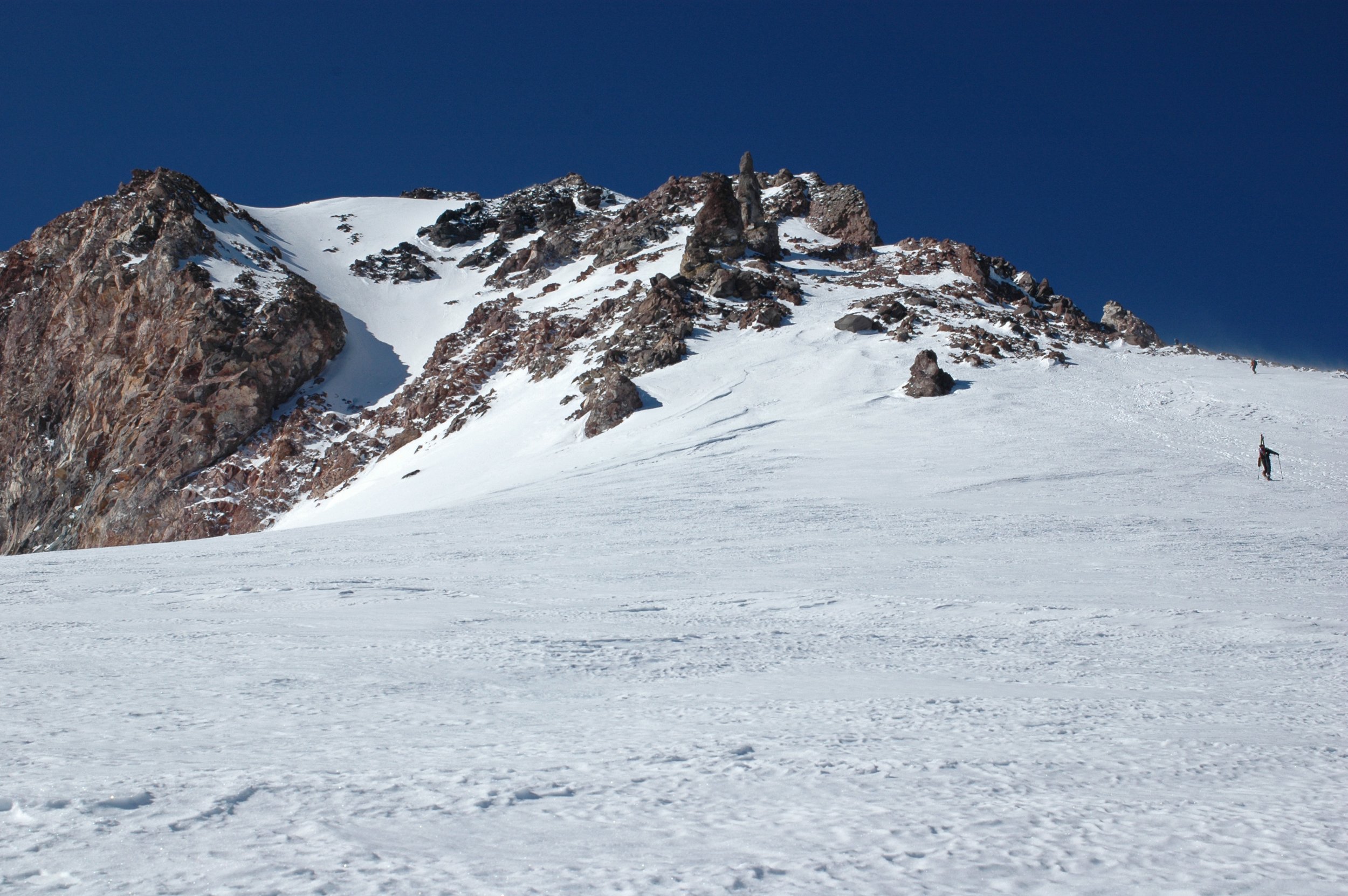
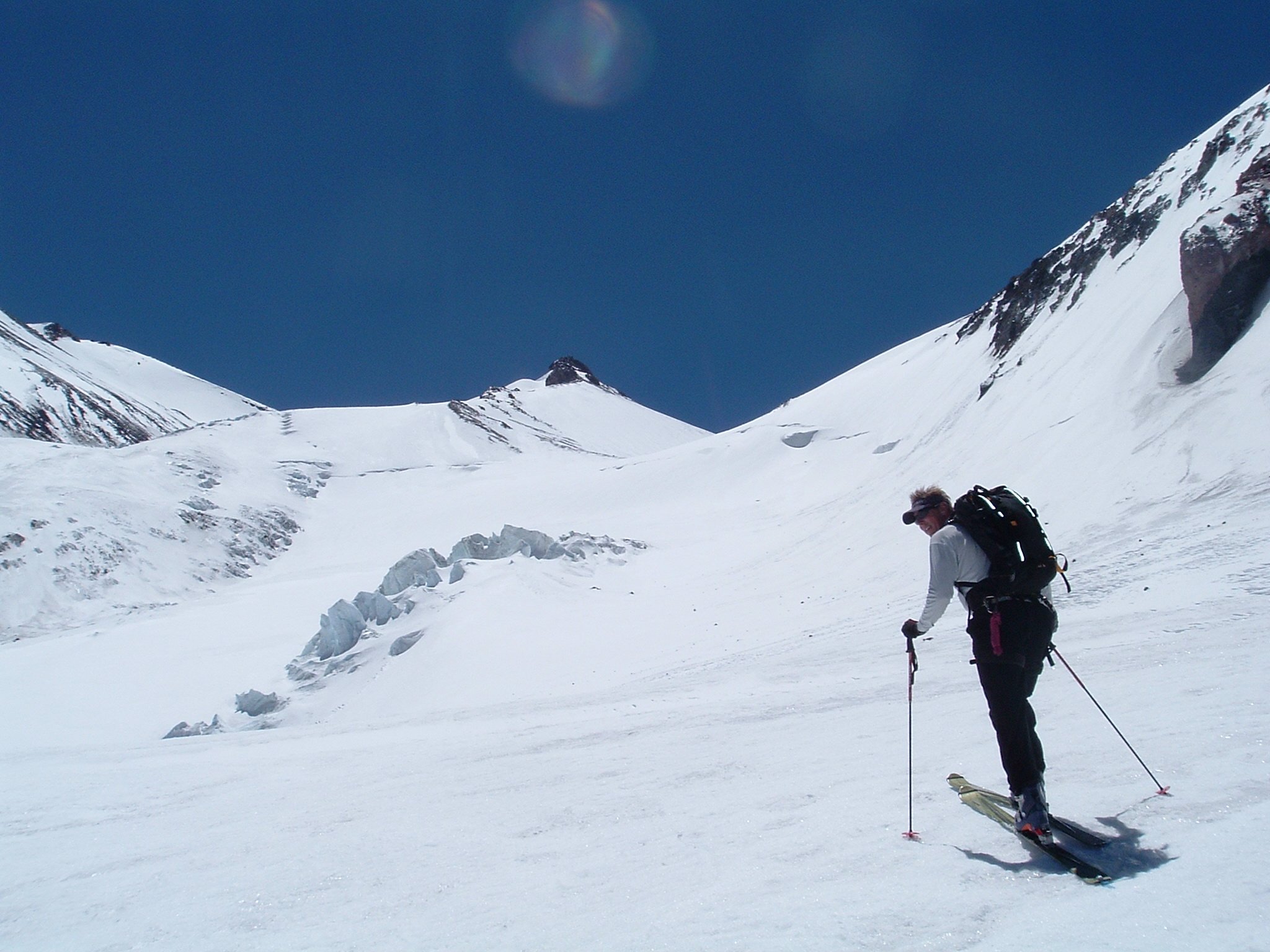

In Michael Zanger (SMG Founder) and Andy Selter’s guidebook: The Mt. Shasta Book 17 routes to the summit of Mt. Shasta are included; each with unique variations and specific seasons. Of these, we at Shasta Mountain Guides regularly lead climbs up about 6 of them and routinely climb, ski, and explore the rest. Nearly all of the routes can be climbed on a custom trip if it’s not regularly scheduled.
Choosing an appropriate climb to suit your goals, skills, and conditions will help ensure a safe and more enjoyable experience. Here we will discuss the popular routes, the skills and preparation necessary, the ideal months for each climb, as well as a few photos to hopefully get you fired up!
Climbing Mt. Shasta is a sustained physical, mental, and technical effort. It is a very reasonable objective for those who are in good physical condition, training specifically for the climb, and are motivated for a big challenge.
As a 14,179′ Cascade Volcano (2nd highest, and largest by volume) Mt. Shasta is best climbed with snow cover to minimize hazard and provide most optimal and efficient conditions. Although we will climb with crampons, ice axe, and even rope up on summit day; the technical challenges are moderate on most routes. The biggest challenge is physical; summit day is generally a 14-16 hour effort and with proper training and preparation a very attainable goal.
Avalanche Gulch
Best For: Beginner to Advanced | Season: April-June | Duration: 2-4 days | Access: Everett Memorial Highway, Bunny Flat Trailhead
This is considered the standard and most popular route on Mt. Shasta. Also known as The John Muir Route it is the most direct route up the mountain via the paved Everett Memorial Highway. “The Gulch” is best climbed with plenty of snow; generally April-June, although earlier and later are possible. This route is best for all levels of climbers from novice to advanced. Access is via the Bunny Flat trailhead at 6,950’. There is a fresh water spring at the Sierra Club Alpine Hut at treeline with good camping here, also at 50/50 Flat, and Lake Helen, there is no water above the spring and snow is melted for drinking and eating. We offer this climb in itineraries from 2-4 days. Our 3 day Expedition Style Summit Climb is our most popular climb and a great introduction to alpine climbing and mountaineering.
The West Face
Best For: Beginner to Advanced | Season: May-July | Duration 3-4 days | Access: Bunny Flat Trailhead to Hidden Valley
Mt. Shasta’s southwest side holds a high mountain cirque and one of Shasta’s most beautiful base camps; Hidden Valley at 9,200′. This is a great alternative to the regular Avalanche Gulch route with the same technical challenge and far fewer climbers. This climb provides a more Wilderness experience and our basecamp in Hidden Valley is a fantastic location to make our summit bid. The route’s difficulties are moderate and it serves up an aesthetic and stunning experience for all levels of climbers. Conditions for a summit attempt are generally best May-July. This is also the route we often select for a ski or snowboard descent ; the fall line drops 4,000′ from the top of the West Face ~ truly awesome!
Clear Creek
Best for: Beginner to Advanced | Season: June-September | Duration: 2-3 days | Access: Clear Creek Trailhead via Pilgrim Creek Rd (unpaved)
This route on Mt. Shasta’s eastern flanks has gained popularity due to it’s low technical challenges and as a mid summer ascent when Avalanche Gulch is no longer a viable option. Basecamp is at 8,300’ where a sparkling clear spring pours from the surface and gives the route it’s name. Although it is often a dry scramble, it still presents the same big mountain challenges to reach the summit. In mid to late summer, it is often snow free but the loose volcanic surface adds other challenges for the aspiring mountaineer.
Hotlum-Bolam Ridge
Best For: Intermediate to Advanced | Season: June-August | Duration: 3-4 days | Access: North Gate trailhead via Military Pass Rd (unpaved)
The northeast side of Mt. Shasta is an alpine playground! 8 Glaciers, including California’s largest – the Whitney Glacier – adorn it’s flanks. The Hotlum-Bolam route is a perfect choice for climbers looking for an intermediate level climb and intro to glacier climbing. Due to its northerly aspect, the season is later; June-August. Our base camp is perched atop a glacial moraine at 9,400′ and has fresh snow melt flowing through camp with the climbing route directly overhead. The conditions are slightly more challenging than those on the south and west side; yet still a moderate technical difficulty for those in good physical condition. This is an excellent climb for new climbers as part of our 4 day Glacier I Seminar. We also offer 3 day summit climbs for those wanting a challenge and more technical and remote climb on Mt. Shasta.
Hotlum-Wintun Ridge
Best For: Intermediate to Advanced | Season: June-July | Duration: 3-4 days | Access: Brewer Creek Trailhead via Pilgrim Creek Rd (unpaved)
The Hot-Tune is Mt. Shasta’s classic ski descent. It is the only route where you can start your descent mere steps from the summit. With a direct fall line, it is popular with ski and snowboard mountaineers for it’s unending pitch and if timed right, near perfect corn snow conditions. The route is accessed via the Brewer Creek trailhead. This trailhead is no|t plowed or maintained so one has to wait until late spring to expect a reasonable approach. Often best conditions are found before you can drive all the way to the regular starting point and it may require logging additonal miles, it’s well worth the added effort. Although fairly straight forward, the upper third is steep and exposed. The route splits major glaciers and route finding below treeline can be tricky in the myriad of drainages. It’s eastern aspect will catch first light so proper timing is essential for success and late season can see large sun cups and penitentes.
Casaval Ridge
Best For: Advanced | Season: February-May | Duration: 3-4 days | Access: Bunny Flat Trailhead via Everett Memorial Highway
This is Mt. Shasta’s winter and early season climb of choice. Stunning, exposed, and steep; this is a route for climbers with previous experience wanting a great challenge. Casaval Ridge is an undeniably beautiful and challenging alpine climb; a route that divides Shasta’s southside with dramatic rock towers and steep snow pitches. This route requires ample snow and is best climbed in winter and spring. Do not underestimate it’s challenge, long and unrelenting, this will test the hardiest of mountaineers.
Hotlum Glacier
Best For: Advanced | Season: June-August | Duration: 3-5 days | Access: Brewer Creek Trailhead via Pilgrim Creek Rd (unpaved)
The Hotlum Glacier is, in our consideration, Mt. Shasta’s most interesting glacier. A series of ice falls and seracs follow the glacier’s movement. This is a perfect training ground for climbers with bigger aspirations to Mt. Rainier and Denali. We climb and train on the Hotlum as part of our Glacier II and III Seminars. The Hotlum is accessed via the Brewer Creek trailhead and is best July-August. Riddled with crevasses while the headwall looms overhead and occasionally sheds rock on the glacier below, good timing is essential.
The Mt. Shasta climb is a great challenge with the potential for great rewards. Dramatic scenery, rugged terrain, new experiences, and memories to last a lifetime. Be ready for a grand adventure!

